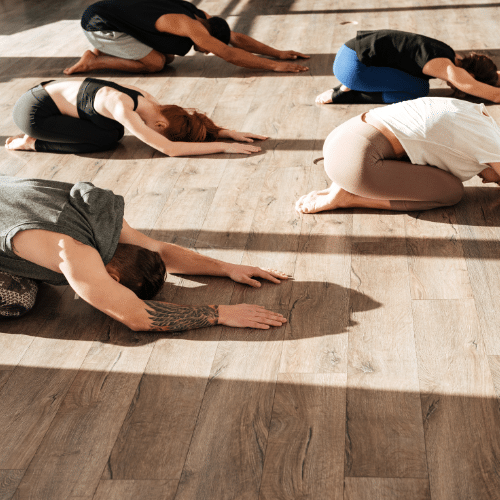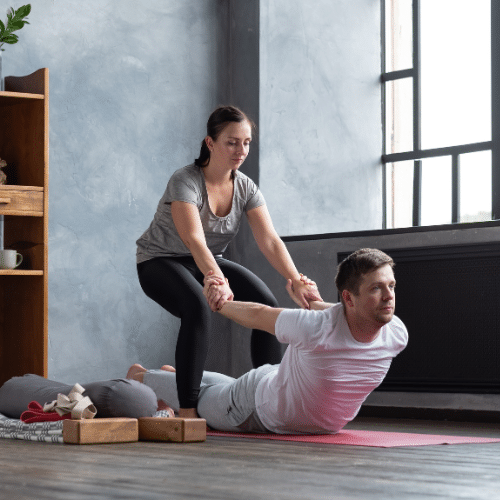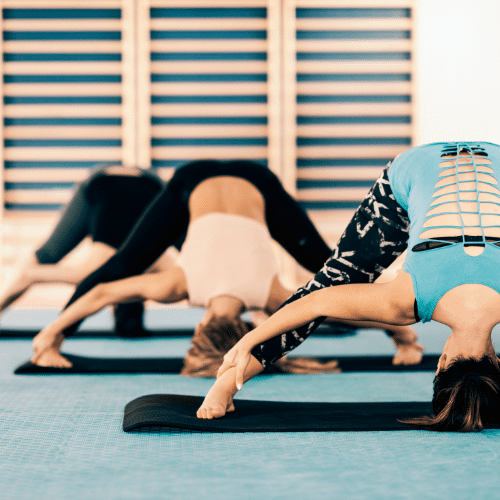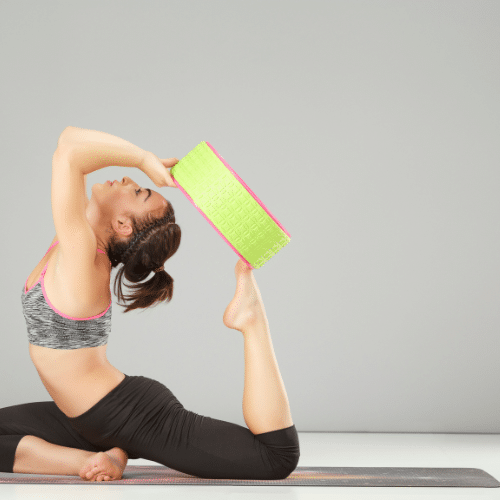2022 is upon everybody. As many bid 2021 farewell and welcome the new year with open arms, the time for resolutions is nigh. For many, the new year is the perfect opportunity to start a mindfulness practice and learn how to practice mindfulness.
With stress and anxiety at an all-time high, there’s a need to find peace in what is rather than what was or will be. It’s as the old saying goes:
“Yesterday is history. Tomorrow is a mystery. But today is a gift. That’s why it’s called “present.”
Mindfulness is a useful trait to have. However, cultivating it is a challenge. In this article, you’ll learn the ins and outs of ohm-ing your way to better awareness and happiness.
Read on to learn more about how to practice mindfulness and put yoga into practice for 2022.
What Does It Mean to be “Mindful?”
In common day parlance, being mindful is simply being aware. This is how people use the word in utterances like “mind your manners.”
In the context of spirituality and yoga, mindfulness takes on a slightly different and more specific meaning. Indeed, awareness is still a fundamental condition. However, mindfulness means being aware and present at the moment.
The act of being mindful requires a person to be receptive to stimuli without mental distractions. Mental distractions that can rob someone of the “now” often come in the form of expectations and worries. Judgment is also a common distraction that can take someone out of the present moment.
In a nutshell, mindfulness is simply being aware and present of the current moment. More importantly, it is being aware without the presence of judgments, expectations, and other mental distractions that can obscure one’s current experience.
Why Be Mindful?
Mindfulness isn’t always an attractive quality or skill to everybody. After all, why would anyone marvel at the ability to experience “now?”
On the contrary, cultivating mindfulness comes with an array of benefits. Here are some of the benefits associated with practicing mindfulness regularly:
Calmness
A mindfulness practice is excellent training for focusing attention on the present moment. This is useful during times of worry or stress.
Worrying is usually the result of anticipating a negative outcome and the outcome thereafter. With mindfulness, a person can refocus and recenter on his or her current circumstances — a time when an experience simply unfolds.
With habitual practice, mindfulness can train a person to be calmer and not worry about non-existent consequences.
Better Attention
A mindfulness practice is useful in yoga and meditation for its ability to train attention and focus. To be mindful is to be focused on a present experience. This is achievable only through persistent practice.
With enough practice, a person can block out certain thoughts. This is instrumental in developing longer attention spans and better focus.
Better Self-Awareness
As a person trains to be more mindful, the self consistently comes to the fore. The notion of the self occurs as a combination of feelings, thoughts, and emotions — all of which become apparent during mindfulness meditation.
The journey towards mindfulness develops self-awareness. Self-awareness engenders other positive qualities like self-control, self-discipline, compassion, and humility.
The Three-Step Method for Developing Mindfulness
Our Solution to Learning How To Practice Mindfulness
At a glance, it would seem that developing mindfulness demands the same time and effort required of Buddhist or Daoist monks. On the contrary, getting started is quite straightforward. Anyone looking to get started won’t need much. All it takes to start a mindfulness practice is some time, a comfortable space, and the desire to be a more aware individual.
Here are three steps to follow for developing the ever-present mind to which many people aspire:
Step 1: Set a Reasonable Time
Setting a reasonable time means two things:
First, it means setting a regular time not bound to any responsibilities for practicing mindfulness. Trying to squeeze in a mindfulness practice in a busy schedule may work. However, it may not be sustainable.
The second meaning relates to how long you can remain still and focused. It’s unrealistic to bind oneself to a 20-minute meditation session in the presence of difficulties remaining still and focused.
The best place to start would be a reasonable timeframe like, for instance, five minutes. Five minutes of sitting still and focusing on breaths may not seem like a long time. However, it’s a good starting point that can easily progress. When five minutes becomes easy, a person can try six minutes of mindfulness meditation.
The point is to start small and progress. Mindfulness is a journey best taken with a marathon’s pace.
Step 2: Choose an Object of Focus
A mind without focus will be the victim of distractions. To make focusing easier, it’s important to have an object of focus.
An object of focus doesn’t always need to be something internal like breath or thoughts. The latter would be for more advanced practitioners.
For starters, great things on which to focus would be:
- A pattern on the wall
- The room’s temperature
- Beads
- Mantras or chants
Whichever one a person chooses, the trick is to focus on one thing and one thing only. It’s tough at first, but it gets easier over time.
Mental distractions like worries, judgment, and other thoughts can make it seem like practicing mindfulness is pointless. This brings us to the next tip.
Step 3: Practice for Progress and not Perfection
A mind training to be mindful for the first time will be thinking too much. This isn’t necessarily a bad thing. After all, what other purpose does the mind have?
While training the mind to have lesser activity is ideal for mindfulness, it’s exactly that — ideal. In other words, mental calmness isn’t the process. It’s the goal. Hence, in the process of achieving mindfulness, it’s OK for the mind to wander.
When it does, all a person needs to do is focus on the breath again. Over time, the detachment from distracting thoughts becomes easier, making a mindfulness practice easier too.
Be Present Now with Mindfulness and Vinyasa Yoga Folsom & Roseville
The present moment is often something that escapes consciousness. Despite its ephemeral nature, the present moment is not always something people cherish. Often, it occurs as an afterthought, relegated to memories or nothingness.
However, by being more mindful, the beauty of the present lasts much longer. In the presence of the present, there is no anxiety, fear, judgment, or expectation. Isn’t this where you’d like to be?
If you answered “yes,” then try a Zuda Vinyasa yoga Folsom or Roseville. If you’re looking for a place to be mindful, mobile, and, at ease, try Zuda Yoga in Folsom and Rocklin.









